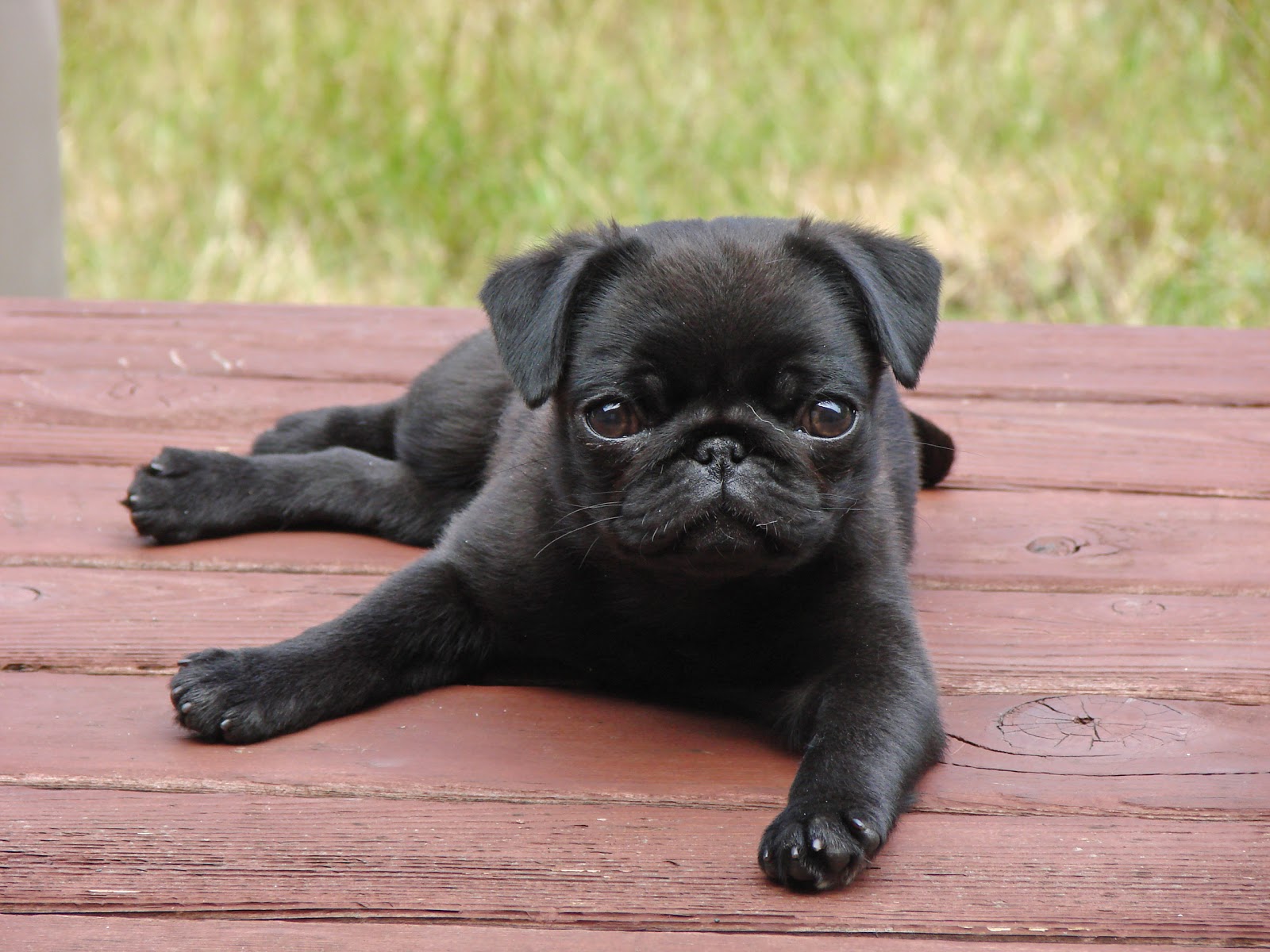Pugs: The Adorable Companions You Need To Know About
Pugs are one of the most beloved dog breeds, known for their charming personalities and distinctive appearance. With their wrinkled faces, curled tails, and playful nature, pugs have captured the hearts of dog lovers all around the world. In this article, we will explore everything there is to know about pugs, from their history and characteristics to their care and health needs.
Pugs are not just pets; they are companions that bring joy and laughter to our lives. Their playful antics and affectionate nature make them ideal family pets and companions for individuals. Understanding the unique traits and requirements of pugs can help potential owners make informed decisions about bringing a pug into their home.
As we delve into the world of pugs, we will also provide valuable insights into their health issues, training tips, and grooming needs. This comprehensive guide will equip you with the knowledge needed to ensure a happy and healthy life for your pug, making it a valuable resource for both current and prospective pug owners.
Table of Contents
- 1. History of Pugs
- 2. Characteristics of Pugs
- 3. Biographical Data of Pugs
- 4. Care and Maintenance of Pugs
- 5. Health Concerns in Pugs
- 6. Training Your Pug
- 7. Grooming Needs for Pugs
- 8. Conclusion
1. History of Pugs
The pug has a rich and fascinating history that dates back over 2,000 years. Originating in China, they were bred as companions for royalty and were highly valued for their loyalty and affectionate nature. Historical records indicate that pugs were kept by Chinese emperors, and they were often pampered with the finest food and luxurious living conditions.
As trade routes expanded, pugs eventually made their way to Europe in the 16th century, where they quickly became popular among the aristocracy. The breed's popularity soared in the Netherlands, where they became the official dog of the House of Orange. They were also embraced by various European royal families, further solidifying their status as a prestigious breed.
Key Historical Facts
- Pugs were bred in China for over 2,000 years.
- They were favored by Chinese emperors and royal families.
- Pugs became popular in Europe in the 16th century.
- The breed is associated with the House of Orange in the Netherlands.
2. Characteristics of Pugs
Pugs are known for their unique physical characteristics that set them apart from other breeds. Their small, muscular bodies, round heads, and expressive faces make them instantly recognizable. Here are some key characteristics of pugs:
- Size: Pugs are small dogs, typically weighing between 14 to 18 pounds.
- Coat: They have a short, smooth coat that comes in various colors, including fawn, black, and silver.
- Temperament: Pugs are friendly, affectionate, and sociable, making them great companions.
- Eyes: Their large, expressive eyes give them a unique charm but can also lead to health issues.
3. Biographical Data of Pugs
While pugs as a breed do not have individual biographies, we can provide a summary of their key traits and data in the table below:
| Attribute | Details |
|---|---|
| Breed Name | Pug |
| Origin | China |
| Size | Small (14-18 lbs) |
| Coat Type | Short, smooth |
| Colors | Fawn, black, silver |
| Temperament | Friendly, affectionate, sociable |
4. Care and Maintenance of Pugs
Caring for a pug requires attention to their unique needs. Here are some essential care tips:
- Diet: Provide a balanced diet with high-quality dog food to maintain their health.
- Exercise: Regular exercise is crucial to prevent obesity, which is a common issue in pugs.
- Socialization: Early socialization helps pugs develop into well-rounded dogs.
- Veterinary Care: Regular check-ups with a veterinarian are important to monitor their health.
5. Health Concerns in Pugs
Pugs are prone to certain health issues, many of which are related to their unique physical characteristics. Awareness of these concerns can help owners take preventive measures:
- Brachycephalic Obstructive Airway Syndrome (BOAS): Due to their short noses, pugs often experience breathing difficulties.
- Eye Problems: Their prominent eyes make them susceptible to injuries and conditions like corneal ulcers.
- Obesity: Pugs have a tendency to gain weight, which can lead to various health problems.
- Hip Dysplasia: This genetic condition can affect their mobility and quality of life.
6. Training Your Pug
Training a pug can be a rewarding experience, as they are intelligent and eager to please. Here are some tips for effective pug training:
- Positive Reinforcement: Use treats and praise to encourage good behavior.
- Consistency: Be consistent with commands and training sessions for better results.
- Socialization: Expose your pug to various environments and people to enhance their social skills.
7. Grooming Needs for Pugs
Grooming is essential for keeping your pug healthy and comfortable. Here are some grooming tips:
- Brushing: Regular brushing helps minimize shedding and keeps their coat healthy.
- Bathing: Bathe your pug as needed, but avoid over-bathing to prevent skin issues.
- Nail Trimming: Keep their nails trimmed to avoid discomfort and injury.
8. Conclusion
In conclusion, pugs are delightful companions that bring joy and love into our lives. By understanding their history, characteristics, care needs, and potential health issues, you can ensure a happy and healthy life for your pug. If you are considering adding a pug to your family, make sure to provide them with the love and attention they deserve.
We invite you to share your experiences with pugs in the comments below, and feel free to explore our other articles for more information on pet care and companionship.
Thank you for reading, and we hope to see you back here soon!
The Comprehensive Guide To Garbage Management: Understanding, Reducing, And Recycling Waste
Syd: A Comprehensive Exploration Of The Influential Artist
Claire Rosinkranz: The Rising Star Of Indie Pop Music


